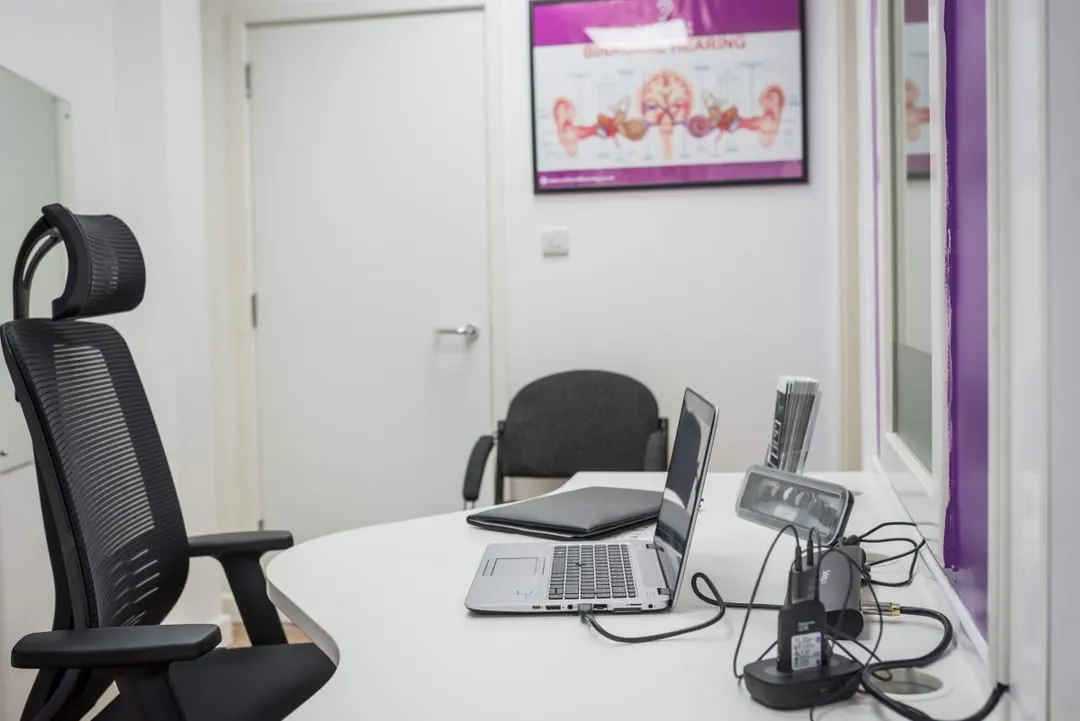Common hearing aid misconceptions and myths
There's a lot of misinformation and misunderstanding about hearing aids out there, so we're taking this opportunity to clear up some of those common hearing aid myths.

There's a lot of misinformation and misunderstanding about hearing aids out there, so we're taking this opportunity to clear up some of those common hearing aid myths.
If you think you might need hearing aids or you've started to notice difficulty with hearing, this article is for you and will hopefully give you the confidence to book a hearing test with one of our professional audiologists.
1. I only need a hearing test if everything sounds quiet
Hearing loss is not always a uniform loss of volume and the brain might not interpret it as such.
You might notice a difference only in one ear, only at high frequencies, or you might just have trouble hearing one voice in a noisy crowd.
It doesn't hurt to get your hearing tested if you start to notice anything unusual at all, even if it's only very slight, as early intervention can halt or even reverse some hearing loss.
2. Hearing aids are for old people
Hearing loss may be more common in the elderly, as hearing naturally starts to worsen with age, but young people deserve to be able to hear too.
Many people have hearing loss caused not by age, but by injury or as a lasting effect of a previous illness or infection, all of which can benefit from a hearing aid to help restore full acuity.
3. Hearing aids are ugly
Some hearing aids are visible, especially for the most severe hearing loss, but even those are often hardly noticeable and can be hidden by hair or by your ear itself.
But there are even more designs of inner-ear hearing aids that can barely be seen at all (not to mention invisible hearing aids from Oticon but we'll look at that in a moment).
On top of all of this, there really is no stigma surrounding hearing aids for people of any age, and if your hearing loss is severe enough to need them, the benefits to your everyday lifestyle will be huge.
4. Hearing aids are old-fashioned
Hearing aids by Oticon prove that this is not the case. They come in a range of styles and shapes, from in-the-canal hearing aids to invisible hearing aids that hide away inside your ear canal.
Bluetooth Livio Al hearing aids link with your smartphone, and can be controlled via an app. Stream music directly to your ears, or make two-way telephone calls thanks to the integrated Bluetooth microphone, all while benefiting from improved hearing acuity for face-to-face conversations and other noises you want to be able to hear.
5. Hearing aids are only for hearing loss
This one might be the most surprising of all, but in fact hearing aids for hearing loss are only part of the story.
There are also many hearing aids for tinnitus, which can help to mask the chronic and distracting phantom noises associated with the condition - think of it like noise cancelling headphones for your inner ear.
So if you have hearing loss in one or both ears, trouble with certain frequencies or in noisy environments, or even if your hearing is fine but you hear phantom buzzing or whistling sounds, it's always worth seeing an audiologist to check what's going on and what can be done about it.

Take your first step towards better hearing
We deliver personalised hearing solutions that enhance your quality of life, with expertise that's truly local to Lancaster.
